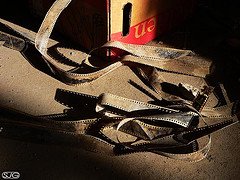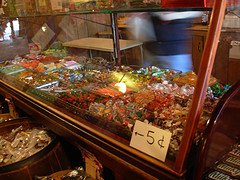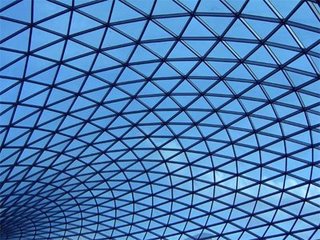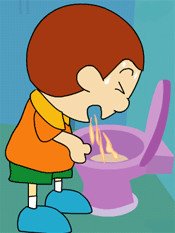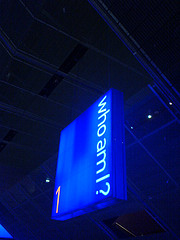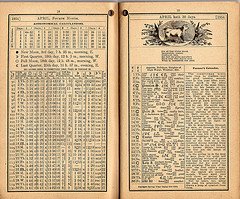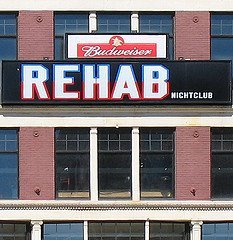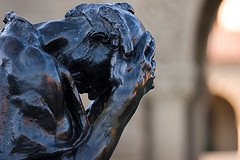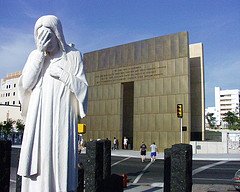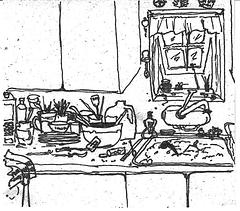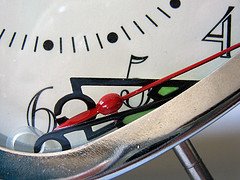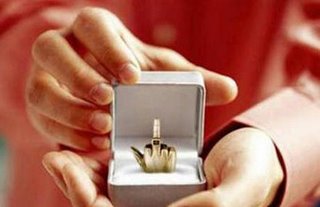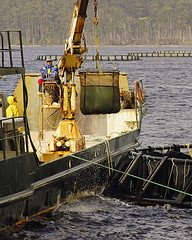
Just when you thought something was safe to eat out there, here I come along with another warning about something very problematic that most people never regard. The problem is factory fish also known as farmed fish.
Fishing is a dangerous industry where it isn’t uncommon to hear news that several lives are lost in the cold pacific when a boat goes down. It happens all too often. The solution to this danger and loss of life is set up net pens and cages where fish can be grown and controlled and harvested in relative safety. Farming makes salmon cheap and plentiful. It sounds like a good idea, but in reality it is something that is not only an environmental disaster on many levels, but it is dangerous to human health as well.
When fish are kept and fed in net pens there will be nearly 40,000 fish in a 90 X 90 X 90 foot pen. In this concentrated state, sea lice are passed from fish to fish. The fish waste becomes concentrated falling to the sea floor in like a toxic mat that kills crabs and shellfish. The surrounding water is akin to a raw sewage dump, with the fish ingesting large amounts of their own waste which ends up back in their tissue that people eat.
Other than fecal waste there is also a cocktail of noxious substances such as contaminated feed, toxic chemicals and artificial colorings. Chemicals used on salmon farms include anti-parasitics to kill sea lice, antifoulants to kill fouling organisms such as barnacles and mussels on the nets, antibiotics to treat infectious diseases and artificial colorings to dye the flesh of the farmed salmon pink.
Farmed salmon also escape from time to time, polluting the gene pool of the wild salmon by interbreeding with them. They spread diseases that the Pacific salmon have no defense against. A report published in 2003 by the Royal Society of London proved conclusively that repeated escapes from salmon farms could lead to extinctions in wild salmon populations. Mass escapes of alien Atlantics into the Pacific waters of British Columbia are now so common that Atlantic salmon have been found breeding in rivers and streams across Canada and have been caught as far away as Alaska.
There is a difference in the food quality of a natural wild salmon as opposed to farmed salmon. In their natural state, wild salmon eat algae, which are rich in healthy omega-3 fats, or "good" fats. When we eat the fish, we, in turn, consume those healthy fats. Wild salmon also swim freely so they're lean.
Farmed fish on the other hand have high levels of PCBs and other toxins and high levels of fat of the non omega-3 variety.
According to the USDA Nutrient Database, this is how the two types of fish compare:
Farm-Raised vs. Wild Salmon, 8-ounce Serving
Calories: 466 farm-raised; 413 wild
Total Fat: 28 grams farm-raised; 18.5 grams wild
Saturated Fat: 5.72 grams farm-raised; 2.84 grams wild
Protein: 50 grams farm-raised; 57.6 grams wild
When you purchase seafood, a lower price should speak volumes to you as a consumer. Look for packaging that assures you the fish is wild. Better yet buy it right off the boat if you have the opportunity. The only things possibly worse than factory fish, is supporting the industry and eating their toxic products.
